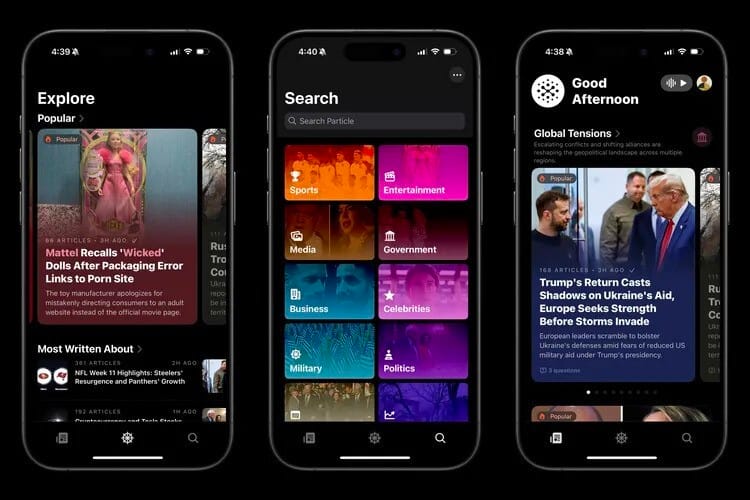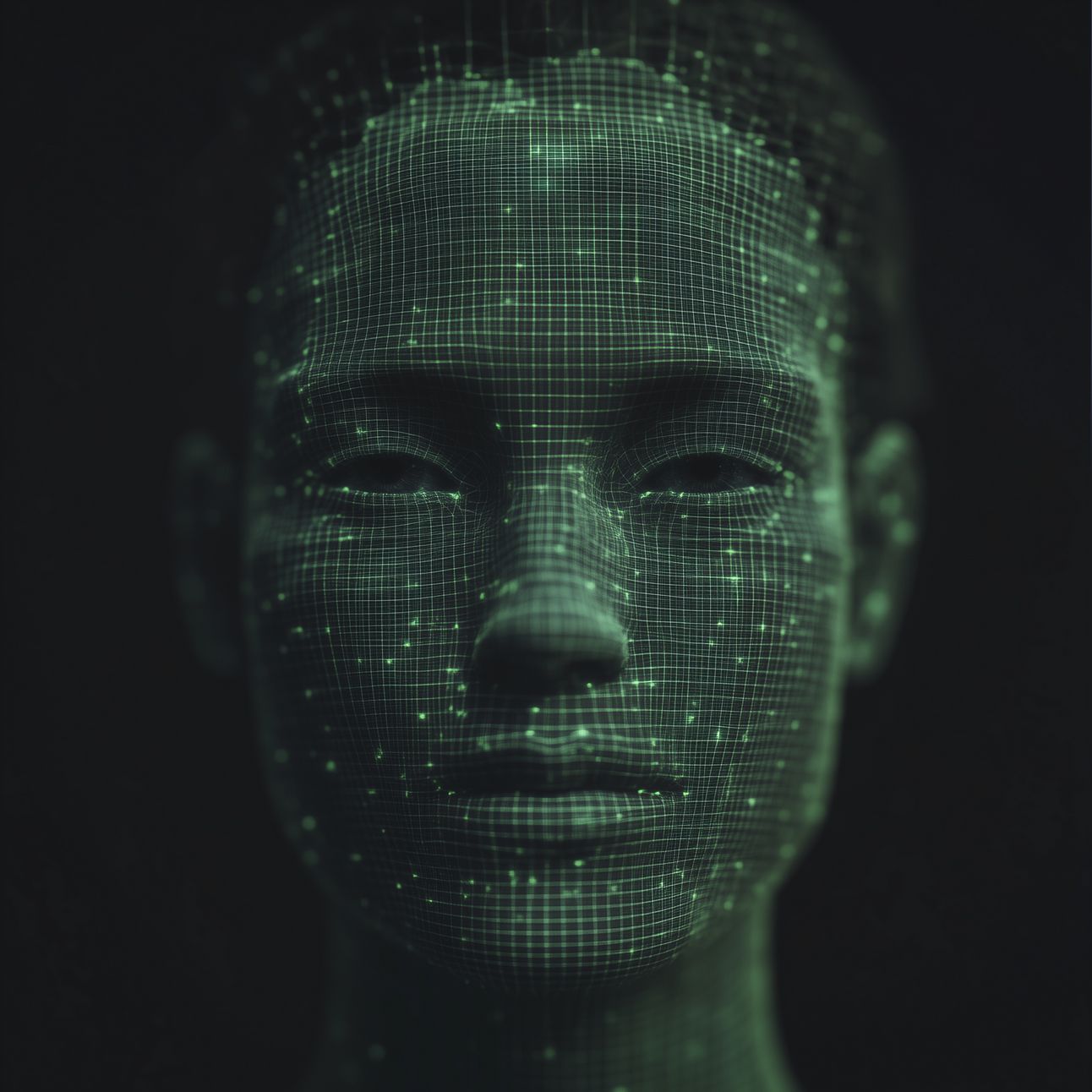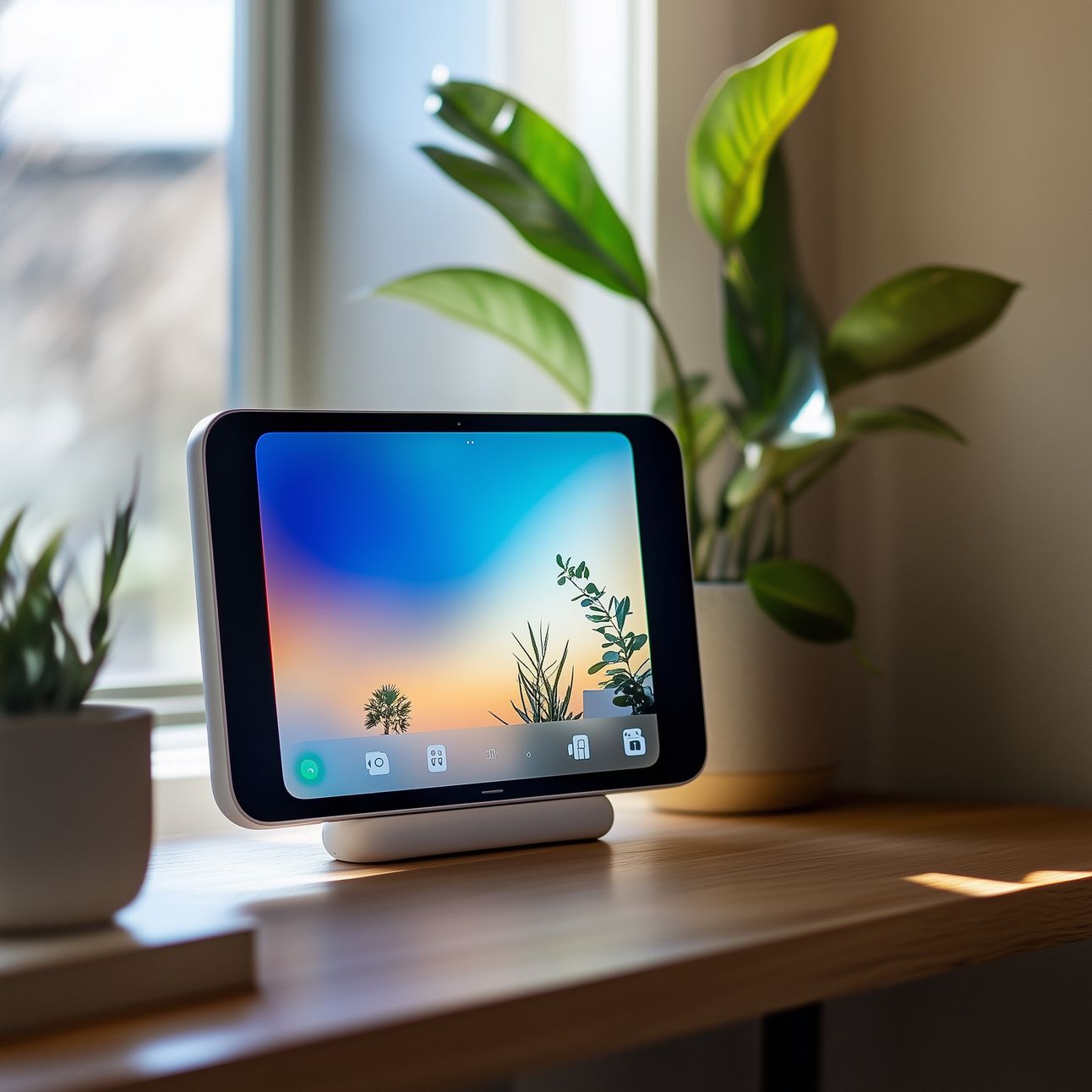- AI Weekly Insights
- Posts
- AI Weekly Insights #55
AI Weekly Insights #55
Smarter News, Interactive Learning, and the Future of AI Agents
Happy Sunday,
Welcome to ‘AI Weekly Insights’ #55, where we’re diving headfirst into the cutting edge of AI innovation! This week, we’re exploring Particle’s bold move to redefine how we consume news, Google’s groundbreaking educational AI, and OpenAI’s ambitious autonomous agent set to shake up the tech world. Oh, and did we mention Apple’s rumored AI-powered smart home hub? It’s shaping up to be a tech lover’s dream.
Ready? Let’s dive in!
The Insights
For the Week of 11/10/24 - 11/16/24 (P.S. Click the story’s title for more information 😊):
What’s New: Particle is launching an AI-powered news app designed to help publishers while providing users with unique features that improve their news reading experience.
AI-Powered News: Particle was developed by former Twitter engineers to make news consumption more engaging. Backed by $15.3 million in funding, the app collaborates with major publishers like Reuters and Fortune to feature their content, making direct links to those sites easy to find. Particle offers special modes like "Explain Like I’m 5," which simplifies complex topics such as climate policy, and "Opposite Sides," which presents multiple viewpoints on issues like politics. The app also includes an AI chatbot that allows users to ask questions and gain deeper insights into news stories.
Why It Matters: Particle's approach could transform how AI and news coexist by fostering cooperation rather than competition between AI platforms and traditional publishers. By focusing on driving traffic and compensating publishers for their content, Particle addresses a major concern about AI negatively affecting journalism revenue. Particle's unique features, from breaking down complicated stories to conversational tools, demonstrate how AI can make news more accessible. Having tried the beta myself for months, I’ve experienced how effectively it personalizes news delivery, particularly through the interactive Q&A feature and ability to present news in different styles. If Particle's model proves successful, it could pave the way for further AI-driven media innovations that enhance transparency and accessibility in journalism.

Image Credits: David Pierce / The Verge
What's New: Google has introduced "Learn About," a new AI educational tool designed to make learning more engaging and interactive.
Learning Beyond Facts: "Learn About" stands out from AI chatbots like ChatGPT because it specifically focuses on making learning more engaging. It uses Google's LearnLM model to create educational content that goes beyond delivering basic facts. For instance, if you ask about the size of the universe, it not only provides an image from Physics Forums but also includes clear explanations, such as vocabulary and why the topic matters. Everything is presented by simplifying complex ideas for better understanding. Additionally, "Learn About" suggests related topics for further exploration, encouraging users to continue learning interactively rather than just retrieving information.
Why it Matters: This tool could significantly boost how we use AI for education. Instead of merely providing quick answers, "Learn About" transforms typical searches into comprehensive learning experiences. It integrates ideas similar to Google's NotebookLM, which we've covered in the past. Not only does it help users grasp challenging subjects, but it also fosters curiosity by suggesting more related topics to explore. However, using AI for education brings up important concerns about accuracy and potential bias. If this tool becomes part of Google Search, it could provide an intuitive way for people to explore topics more deeply, ultimately contributing to a more informed society. Sign up to try the new tool.

Image Credits: Google
What's New: OpenAI is preparing to launch an autonomous AI agent, code-named "Operator," which can independently control computers and complete various tasks. The tool is expected to be available as a research preview in 2025.
Agents in the Spotlight: OpenAI's upcoming release adds to the growing competition among tech giants like Google and Microsoft, who are also exploring autonomous AI agents. This release follows Anthropic's introduction of a "computer use" capability, pushing the boundaries of what AI can do. Unlike AI tools that mainly process text and images, "Operator" aims to interact directly with computer interfaces. This development is significant because it points to a future where AI systems can autonomously navigate and manage digital environments. While details about the consumer release are still scarce, the tech community is closely monitoring how this technology will influence AI's role in everyday digital interactions.
Why it Matters: The introduction of "Operator" could be a major milestone in integrating AI into everyday digital tasks. This has significant implications for both the AI and tech industries as they seek ways to monetize advanced AI technologies. Autonomous AI agents might be the next big breakthrough, much like the impact ChatGPT had. For example, "Operator" could assist with automating software installations, managing system updates, or even navigating and organizing complex file systems with minimal or no human intervention. These capabilities could lead to new applications in a variety of fields, from software development to personal digital assistance. As more companies race to develop these autonomous agents, we may see these systems become mainstream by 2025, potentially changing the way we interact with technology entirely.

What's New: Apple is reportedly developing a smart home display similar to the Amazon Echo Hub, with a target release date of March 2025. This wall-mounted device could serve as a central hub for controlling HomeKit-compatible gadgets.
Smart Home Integration: According to Bloomberg, Apple's upcoming smart display will feature a six-inch screen, built-in camera, and speakers. The device will allow users to control smart devices, make video calls, and use Siri and Apple Intelligence voice commands. The display's versatile design allows it to be wall-mounted or placed on a countertop, providing flexibility for different home settings. The smart display will reportedly run a new operating system that blends features from the Apple Watch and the iPhone. For example, the operating system may include glanceable widgets and adaptive display options that make information easily accessible. Additionally, the display will adapt its content based on user proximity and will support Apple's Handoff feature, enabling seamless transitions between devices for a consistent user experience.
Why it Matters: This development could significantly boost Apple's position in the smart home market by providing a cohesive solution for managing smart devices. It hints at an expansion of Apple's ecosystem, offering users a more integrated and intuitive approach to home automation. However, the requirement of an iPhone for setup could limit accessibility for non-Apple users, potentially reducing the device's competitiveness. With potential uses ranging from enhanced home security to better energy management, this device could change how consumers interact with their smart homes. As Apple continues to innovate in this sector, increased competition may drive further advancements in smart home technology. The smart home display is likely to become a key element in creating a seamless, connected environment, enhancing the convenience and efficiency of smart home living.

Thank you for being an essential part of this journey through AI’s ever-evolving landscape. I’m always eager to hear your thoughts, questions, or ideas. Together, we can keep pushing the boundaries of what’s possible and inspire each other along the way.
Until next Sunday, keep exploring and stay engaged!
Warm regards,
Kharee